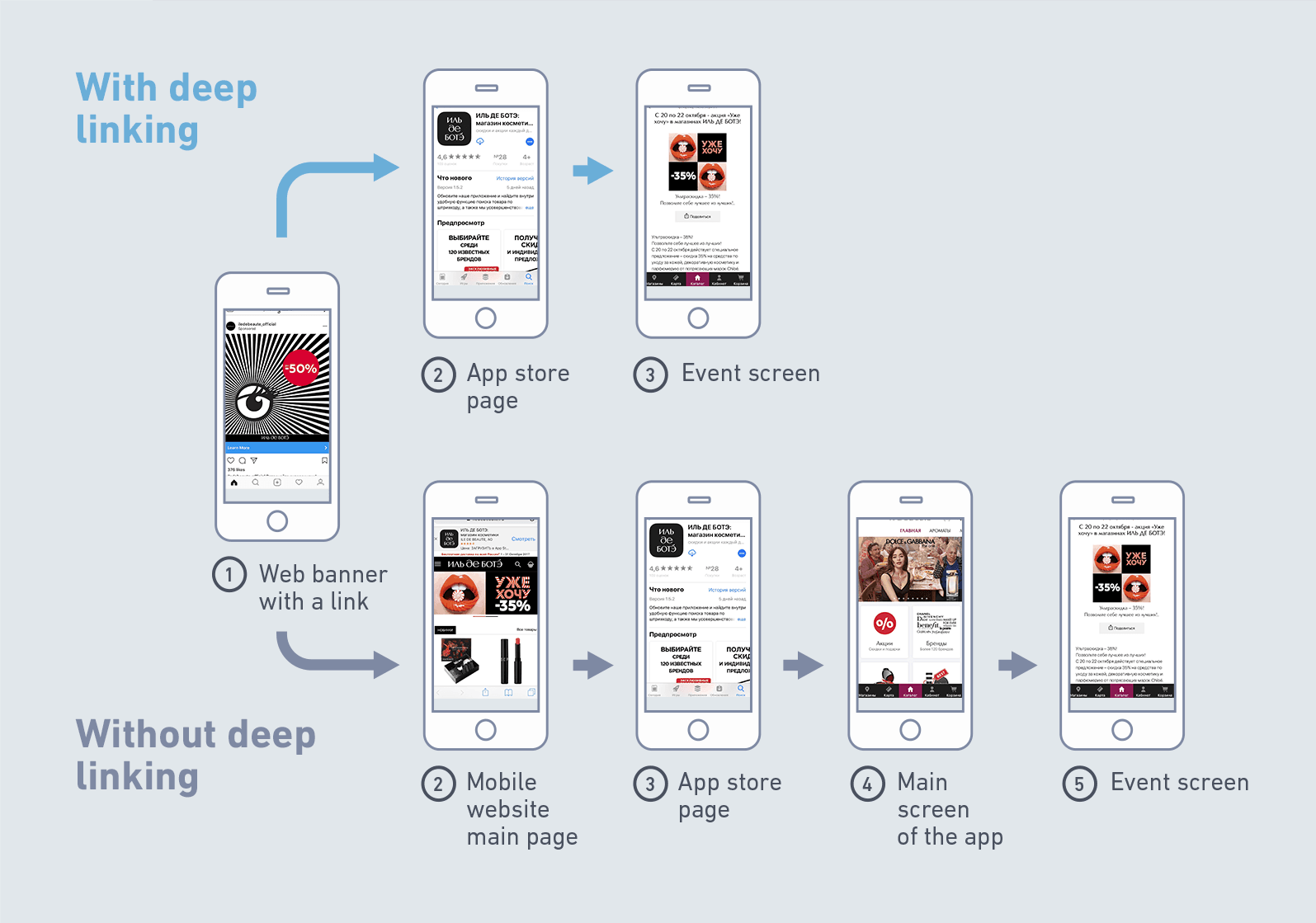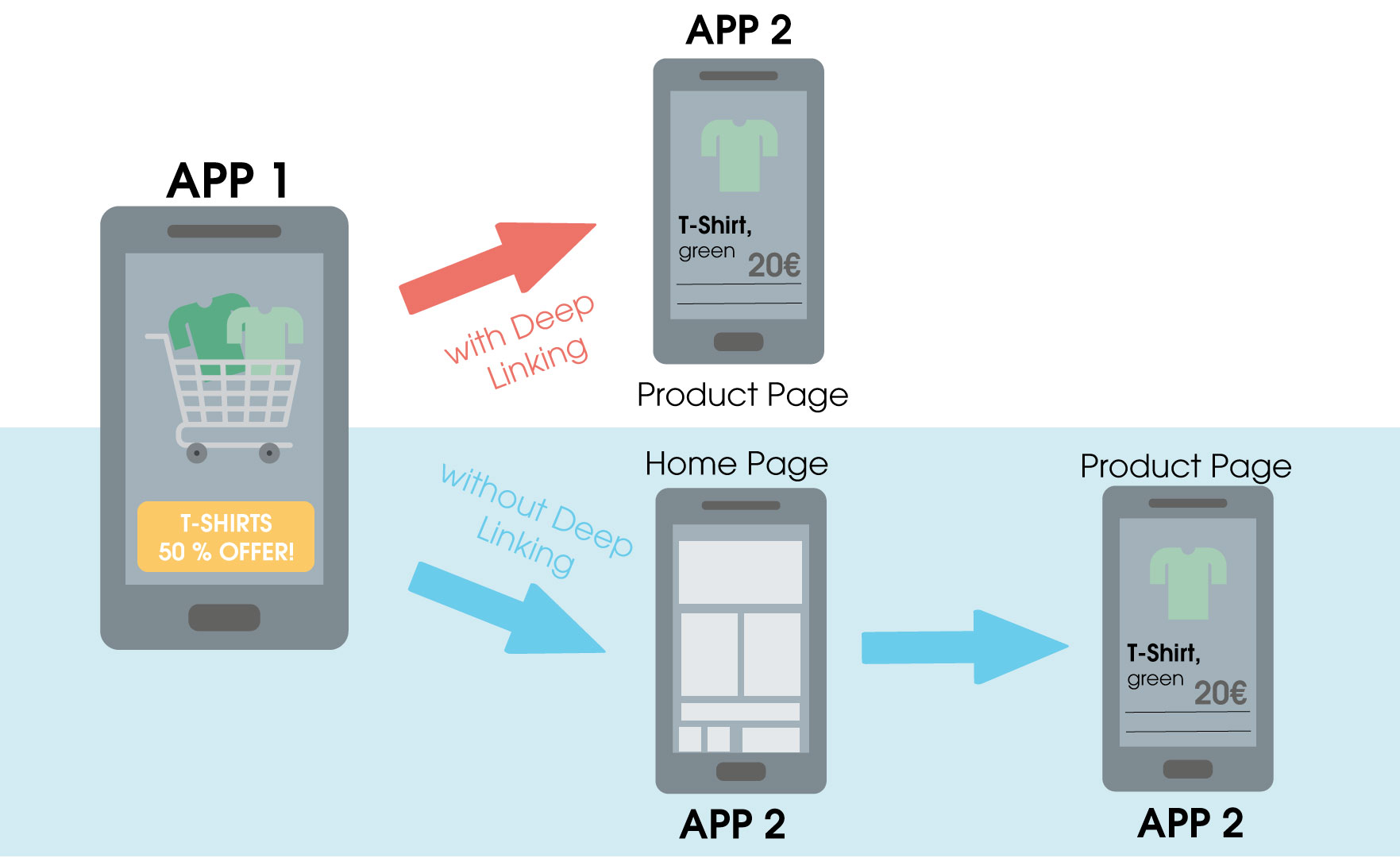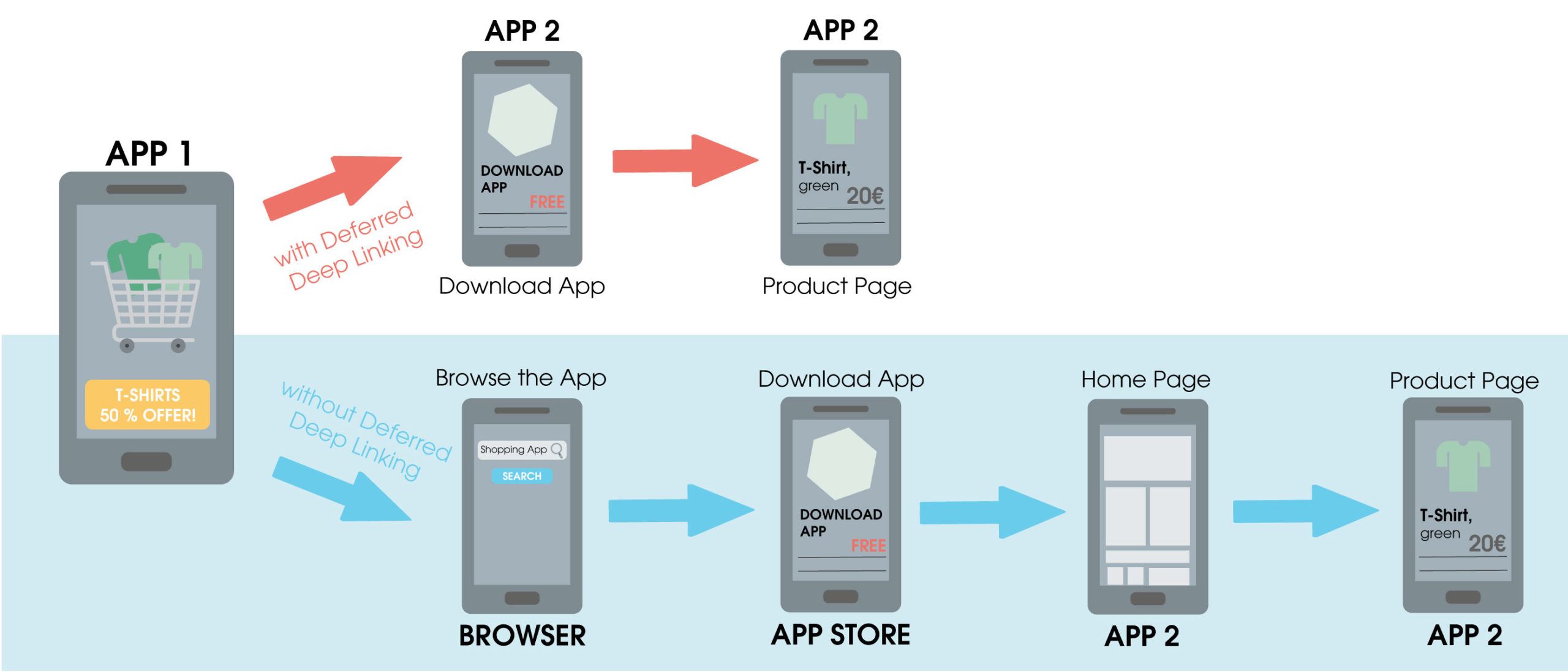Deep Hot.Link: The Ultimate Guide To Understanding And Utilizing This Powerful Tool
So, you’ve probably heard about deep hot.link, but what exactly is it? In today’s digital landscape, where content rules and optimization matters, deep hot.link is more than just a buzzword—it’s a game-changer. Whether you’re a blogger, marketer, or someone looking to boost their online presence, understanding deep hot.link can unlock doors you never knew existed. Let’s dive into this fascinating world and uncover its secrets together.
Now, before we get all fancy with definitions and technical jargon, let’s break it down in simple terms. Deep hot.link refers to the practice of embedding or linking directly to specific content, images, or files hosted on another website. It’s like borrowing someone else’s stuff without asking, but in the digital world, it’s more about leveraging resources efficiently. Sounds cool, right?
But hold up! There’s more to it than meets the eye. While deep hot.link can save you bandwidth and effort, it also comes with its own set of rules and risks. So, whether you’re here to learn the basics or master the art of deep hot.link, this guide has got you covered. Let’s roll!
- Why Movierulz Telugu Movies 2024 Is The Ultimate Destination For Film Enthusiasts
- Cracking The Code Why Mydea Is Your Next Big Move
What is Deep Hot.Link? Breaking It Down
Alright, let’s get real. Deep hot.link isn’t some mysterious concept—it’s actually quite straightforward. When you deep hot.link, you’re essentially linking directly to a file, image, or resource hosted on someone else’s server. This means that instead of hosting the content yourself, you’re using their infrastructure to serve it to your audience. Simple enough, huh?
For example, imagine you’re writing a blog post and want to include a stunning image. Instead of downloading the image and uploading it to your own server, you could simply link directly to the original source. This saves you time, storage space, and bandwidth. However, there’s a catch—more on that later.
How Does It Work?
Here’s the technical part, but don’t worry, I’ll keep it chill. When you deep hot.link, you’re essentially creating a direct link to a resource on another website. This link points to the exact location of the file on the remote server. When someone visits your page, their browser fetches the content directly from the original source.
- Hannahowonet The Ultimate Guide To Exploring This Trending Online Phenomenon
- Vega Movies The Ultimate Guide To Streaming Downloads And Everything Inbetween
Think of it like this: You’re at a party, and someone asks you to play a song. Instead of downloading the song to your phone, you stream it directly from Spotify. Same concept, different context.
Why Should You Care About Deep Hot.Link?
Now, you might be wondering, "Why should I even bother with deep hot.link?" Well, my friend, there are plenty of reasons. First off, it’s a great way to save bandwidth and storage space. If you’re running a small website or blog, hosting large files can be a pain. Deep hot.link lets you offload that responsibility to bigger, more robust servers.
Secondly, it can enhance the user experience. By linking directly to high-quality resources, you ensure that your visitors get the best possible content without any hassle. Plus, it’s a quick and easy way to add value to your site without spending hours creating original content.
Benefits of Using Deep Hot.Link
- Saves bandwidth and storage space
- Improves user experience with high-quality content
- Reduces the need for original content creation
- Streamlines content management
But hey, don’t just take my word for it. Studies show that websites using deep hot.link techniques often see a significant reduction in hosting costs and an increase in performance metrics.
Common Misconceptions About Deep Hot.Link
There’s a lot of misinformation floating around about deep hot.link, so let’s clear the air. One common misconception is that it’s always illegal or unethical. While it’s true that some websites have policies against deep hot.link, it’s not inherently wrong. As long as you respect copyright laws and follow the terms of service of the original site, you’re good to go.
Another myth is that deep hot.link slows down your website. In reality, it can actually improve performance by offloading resource-intensive tasks to more powerful servers. So, if someone tells you deep hot.link is a bad idea, they’re probably misinformed.
Legal Considerations
Now, let’s talk legalities. Before you start deep hot.link-ing left and right, make sure you understand the rules. Always check the terms of service of the website you’re linking to. Some sites explicitly prohibit deep hot.link, while others are totally cool with it. When in doubt, reach out to the site owner for clarification.
Also, remember that copyright laws still apply. If the content you’re linking to is protected, you need permission to use it. Ignoring these rules can land you in hot water, so play it safe.
Best Practices for Deep Hot.Link
Alright, so you’re ready to dive into the world of deep hot.link. But how do you do it right? Here are some best practices to keep in mind:
- Always credit the original source
- Respect copyright laws and terms of service
- Use deep hot.link sparingly to avoid overloading the original server
- Monitor your links regularly to ensure they remain active
By following these guidelines, you can enjoy the benefits of deep hot.link without running into trouble. It’s all about being responsible and respectful.
Tips for Efficient Deep Hot.Link
Here are a few pro tips to make your deep hot.link experience smoother:
- Use a content delivery network (CDN) to cache frequently accessed resources
- Implement lazy loading to improve page load times
- Compress images and files before linking to them
These techniques can help optimize your site’s performance and ensure a better user experience.
Deep Hot.Link vs. Regular Linking: What’s the Difference?
Now, let’s address the elephant in the room. What’s the difference between deep hot.link and regular linking? Well, the main distinction lies in where the content is hosted. With regular linking, you’re simply directing users to another page on the internet. With deep hot.link, you’re embedding the content directly into your own site.
Think of it like this: Regular linking is like giving someone directions to a restaurant, while deep hot.link is like bringing the food to their table. Both methods have their pros and cons, so choose wisely based on your needs.
When to Use Deep Hot.Link
So, when should you use deep hot.link instead of regular linking? Here are a few scenarios:
- When you need to embed high-resolution images or videos
- When you want to save bandwidth and storage space
- When you’re working with limited resources
Ultimately, the decision comes down to your specific goals and constraints.
Common Issues with Deep Hot.Link
Let’s be real—deep hot.link isn’t without its challenges. One of the biggest issues is bandwidth theft. If too many people deep hot.link to the same resource, it can overwhelm the original server and cause performance problems. This is why some websites block deep hot.link attempts altogether.
Another issue is broken links. If the original content gets moved or deleted, your deep hot.link will stop working. This can lead to a frustrating user experience and damage your site’s credibility.
Solutions to Common Issues
Fortunately, there are solutions to these problems. Here’s what you can do:
- Use a fallback mechanism to replace broken links
- Cache frequently accessed resources locally
- Monitor your links regularly and update them as needed
By taking these precautions, you can minimize the risks associated with deep hot.link.
Real-World Examples of Deep Hot.Link
Now, let’s look at some real-world examples of deep hot.link in action. One popular use case is embedding images from stock photo websites. Many photographers and designers allow their work to be deep hot.linked as long as proper credit is given. This benefits both parties—the content creator gets exposure, and the linker gets high-quality visuals.
Another example is embedding videos from platforms like YouTube or Vimeo. These platforms are designed to handle deep hot.link, so you don’t have to worry about bandwidth issues or broken links. It’s a win-win situation.
Case Study: Successful Deep Hot.Link Implementation
Let’s take a look at a case study to see how deep hot.link can be implemented successfully. A small business owner wanted to enhance their website with high-quality images but didn’t have the budget for professional photography. By deep hot.link-ing to free stock photo websites, they were able to create a visually stunning site without breaking the bank.
The results? Increased traffic, better engagement, and a more professional image. All thanks to the power of deep hot.link.
Future Trends in Deep Hot.Link
So, where is deep hot.link headed in the future? As technology evolves, we’re likely to see more advanced techniques and tools for managing and optimizing deep hot.link. For example, AI-driven algorithms could help identify the best resources to link to and automatically update broken links.
Additionally, the rise of decentralized networks and blockchain technology could revolutionize how we think about content ownership and distribution. This could lead to new opportunities and challenges for deep hot.link enthusiasts.
Preparing for the Future
To stay ahead of the curve, here’s what you can do:
- Stay informed about the latest trends and technologies
- Experiment with new tools and techniques
- Adapt to changing policies and regulations
By keeping an open mind and embracing change, you can continue to leverage the power of deep hot.link for years to come.
Conclusion: Embrace the Power of Deep Hot.Link
Well, there you have it—the ultimate guide to deep hot.link. Whether you’re a seasoned pro or a complete newbie, understanding this powerful tool can transform the way you approach content creation and optimization. Just remember to follow the rules, respect copyright laws, and always prioritize user experience.
So, what are you waiting for? Dive in, explore, and unlock the full potential of deep hot.link. And don’t forget to share your experiences and insights with the community. Together, we can make the internet a better place—one deep hot.link at a time.
Call to Action: Got any questions or tips about deep hot.link? Drop them in the comments below! And if you found this article helpful, be sure to share it with your friends and followers. Let’s spread the knowledge!
Table of Contents:
- What is Deep Hot.Link?
- Why Should You Care About Deep Hot.Link?
- Common Misconceptions About Deep Hot.Link
- Best Practices for Deep Hot.Link
- Deep Hot.Link vs. Regular Linking
- Common Issues with Deep Hot.Link
- Real-World Examples of Deep Hot.Link
- Future Trends in Deep Hot.Link
- Conclusion
- Veganovie A Comprehensive Guide To Embracing A Plantbased Lifestyle
- Shawn Hannity Wedding The Inside Scoop Youve Been Waiting For

Exploring The Deep Hot Link Website A Gateway To Hidden Online Treasures

What a deep link can do definition and examples

What a deep link can do definition and examples